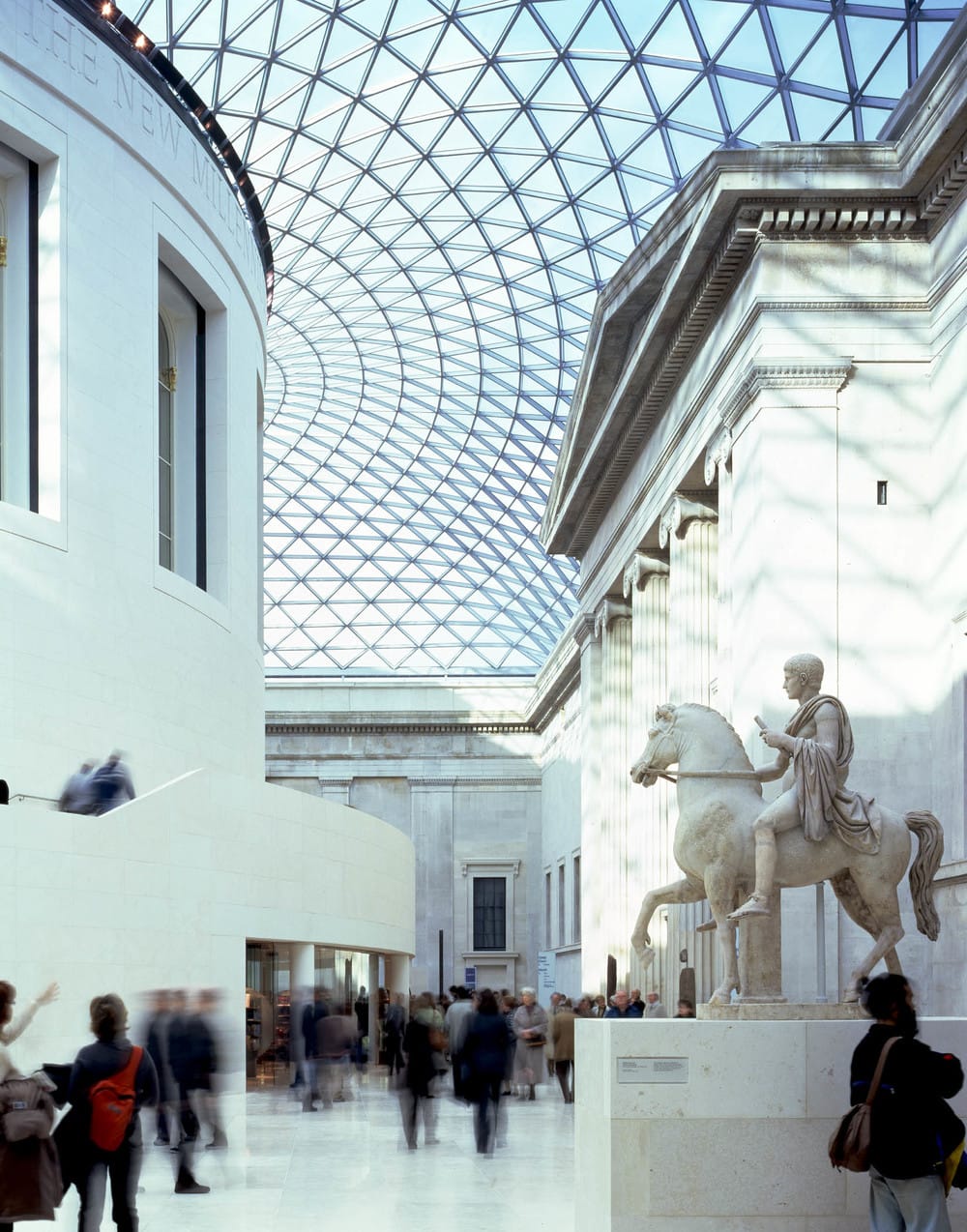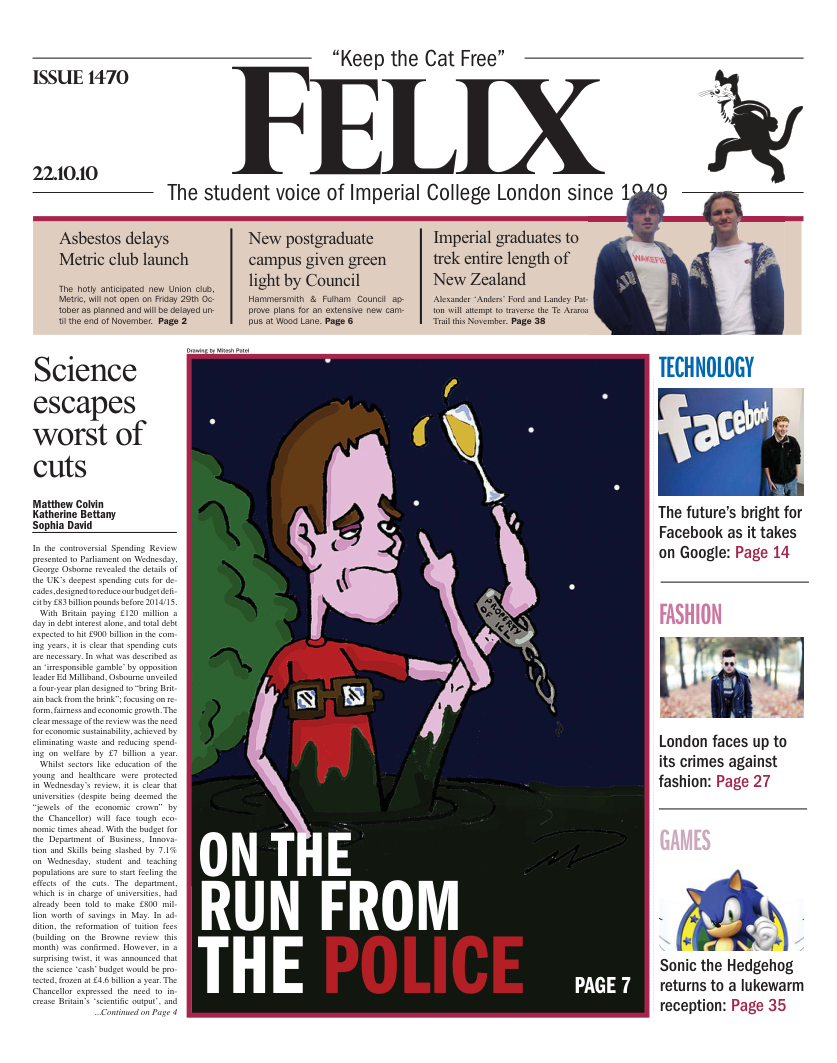In praise of cultural theft
The British Museum is one of London’s top attractions – a stiff-upper-lip monument to theft

As I dodge knife-wielding pigeons and Underground commuters, disgruntled by the sheer virtue of being awake, on my way in to college from the outer fringes of the capital (and civilisation), I remember with fondness my first year here, spent in the sheltered haven of Prince’s Gardens.
It was the one time in my life that I could afford, although only just, to revel in an SW7 postcode and the prestige that came with it. It was Hyde Park adjacent, should I ever require the pastoral support of the ducks. Never underestimate the wisdom that comes with webbed feet. And I could fall out of bed and into my lecture theatre. But what I really loved was that if I fell out of the wrong side of the bed, I would land in a museum!
By all rights, Exhibition Road should collapse in on itself under the weight of its cultural gravitas. The Royal Albert Hall, the Science Museum, The Victoria and Albert Museum and that cathedral of knowledge itself, the Natural History Museum. Just thinking about them is enough to get me salivating. Yes, it means that South Kensington station is always crowded and it would be easier to wade through treacle to get to college during half terms but we are incredibly lucky to be situated where we are. The air is positively suffused with knowledge. But as much as I love these halls of science, history, and culture, my heart truly belongs to Holborn and the majesty of the British Museum. It is a prince among museums in its own right, but what I find even better is its remit.
It is a prince among museums in its own right, but what I find even better is its remit
It is a cornerstone of the archetypal holiday abroad. You trawl the markets for some kind of trinket to take home for the relatives. The vast majority of said trinkets will consist of tea-towels with a map of the locale printed on them, snow globes in the Costa del Sol and plaster of Paris stereotypes of local life.
This formula has been around, in one form of another, for hundreds of years. For young toffs on their “Gap Yah” in the eighteenth century, these holidays lasted for months and involved a grand tour of the whole of Europe. And the curios that they picked up were more than name plates spelt out in seashells. The Elgin Marbles, the Rosetta Stone and a princely court of mummified pharoahs to give just a few examples. I’d hate to think of the postage costs.
The British Museum was specifically built to showcase the wonders and artefacts that its patrons stumbled upon the world over. In other words, it is a trophy room for all the things we’ve stolen over the years. And we’re proud of it! It is one of London’s top attractions – a stiff-upper-lip monument to theft.
What I really love is that it allows us to see history with a double-vision, of sorts. Obviously, these relics allow us a glimpse into antiquity but also, because they are here, in London, where they have no right to be, they allow us to see part of our own history. A slice of our country’s past when we weren’t quite the quiet middle-management drone we try to be today. A time when we craved new and exciting things and didn’t worry too much about how we acquired them. We didn’t just experiment with drugs (though gin and opium seemed to stick), we experimented with cultures wholesale. And the trend-setter for all this was the British Museum itself.
While very little in the museum is native to this isle, it will always be the British Museum, as only we could steal so much stuff and get away with it. Today, in these august years, it is like a tattoo, a reminder of our naughty past. And like a tattoo, it will be with us for a long time to come yet.
(Disclaimer: I do not condone stealing of any kind, especially where national treasures are involved. Unless you can get away with it.)







